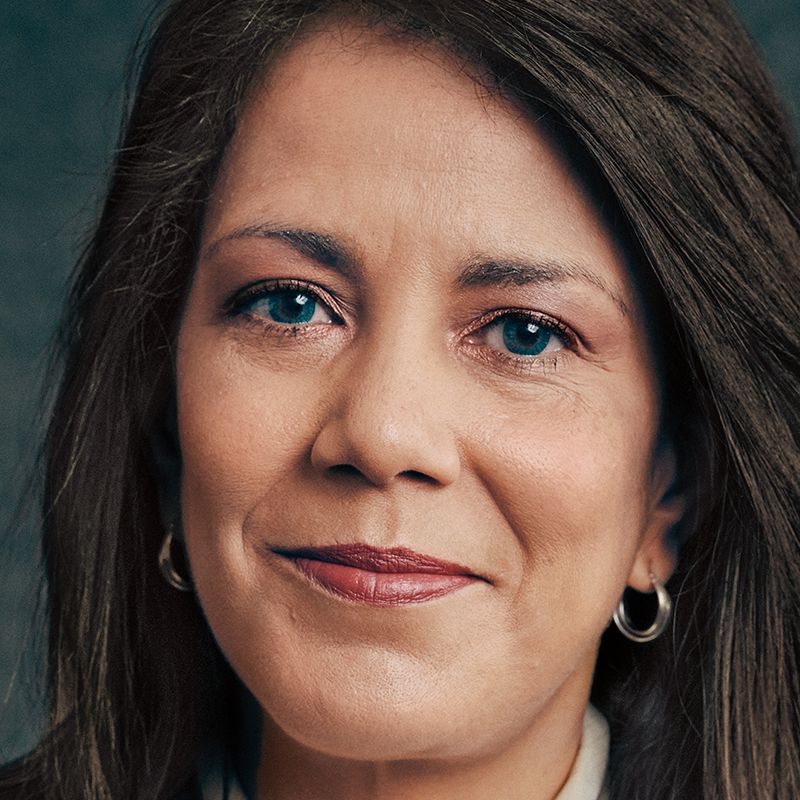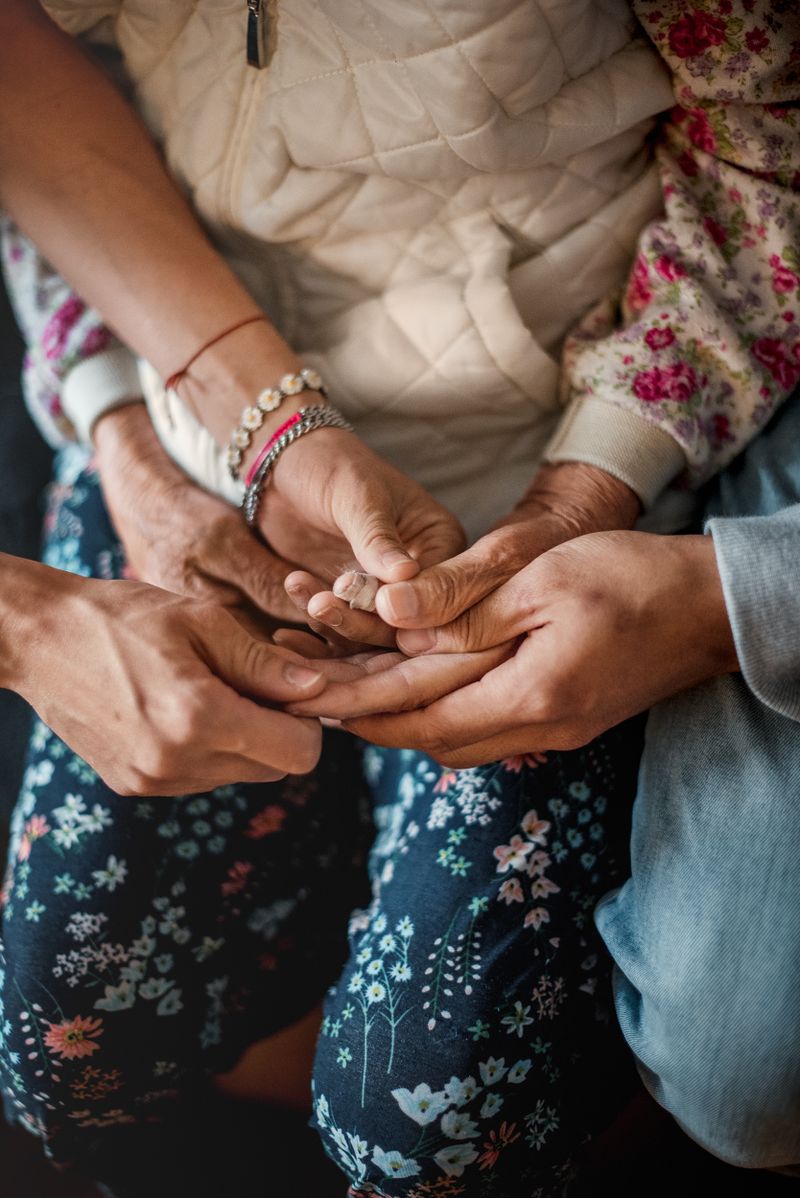
“How Do You Heal?”
Artists from AAPI communities respond to the prompt: ‘How do you heal?’
Marcus Ubungen
During the early days of COVID, we still wanted to create a sense of normalcy and joy for our three-year-old daughter, Alma. Despite the attacks on Asians and fears of COVID, it was important to show Alma that there were still ways to explore and be curious. Bright spots in a dark time. It was stressful to have one eye on your child and another checking over your shoulder constantly. My bag always had snacks, a camera, and pepper spray. I spent a year teaching, learning, and bonding with my own child so tightly. The city felt like it belonged to us, and I wouldn’t trade that time for anything.
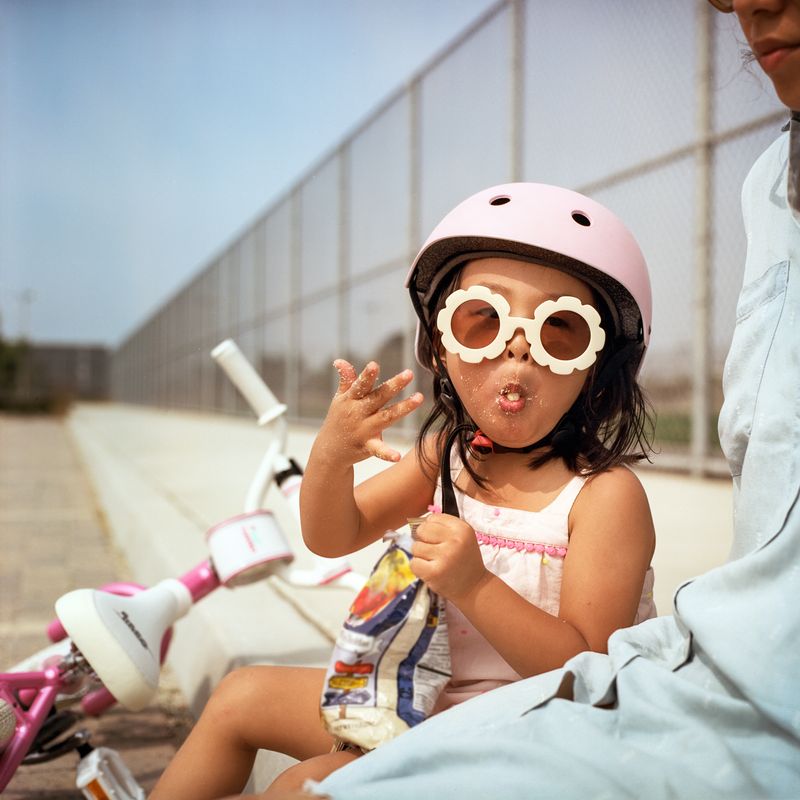
Jutharat Pinyodoonyachet
The photo presents what keeps me sane during any difficult time in my life: a photo of my partner and an omamori charm from my sister. They are so meaningful to me because every time I feel lost, seeing these keepsakes reminds me that they will always be with me. Then I can handle everything with grace.
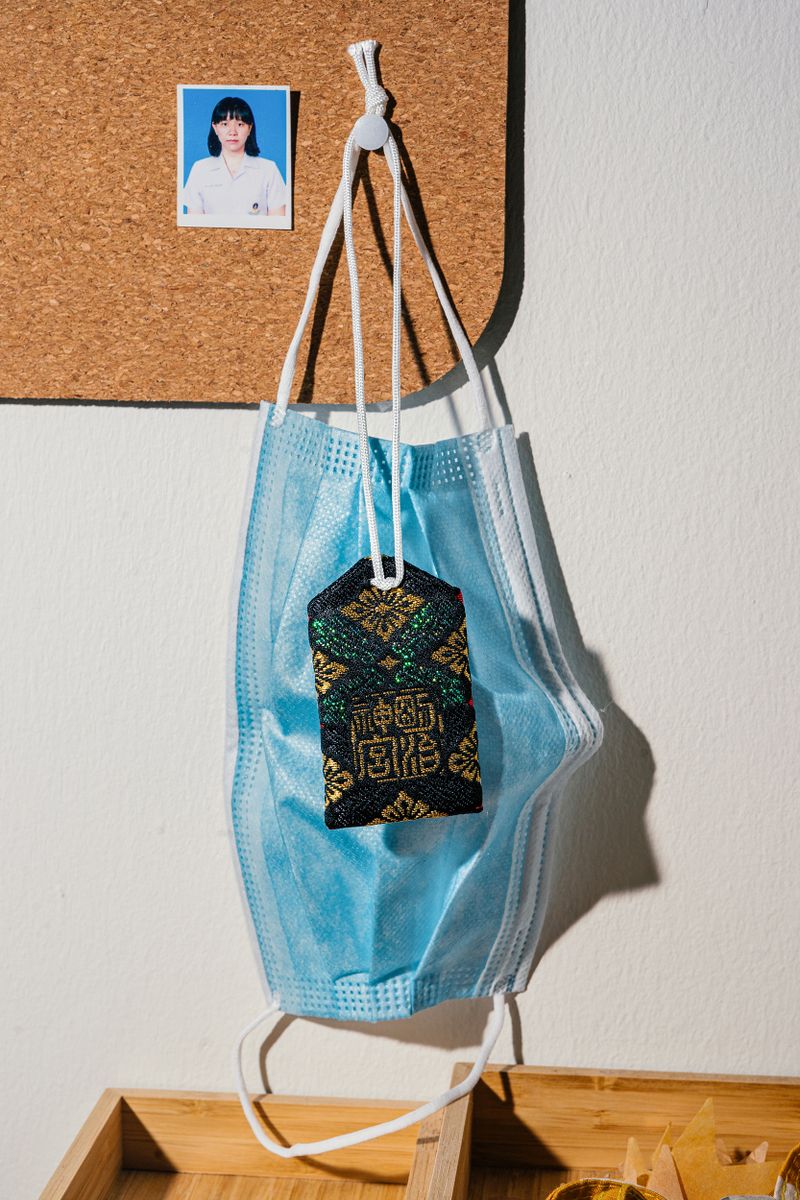
Geloy Concepcion
Arrival Date in America: 2017
The worst part of being an immigrant is the feeling of unfamiliarity to the places you were from and where you’re going to. Taking pictures of my life and my family helped me confront that reality.
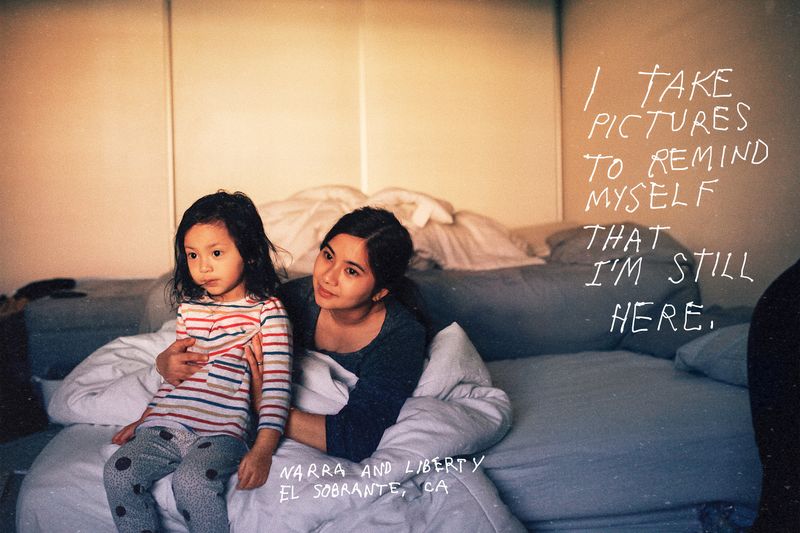
Lydia Ortiz
I lost my father this year. To heal myself and to distract myself from my grief, I went back to nature. I spent so much time retracing his footsteps, hiking in the rolling hills of the East Bay, in California. I always feel so peaceful out there, and I feel reunited with him. There, I was also reminded how small my pain is compared to the collective grief out there in the world.
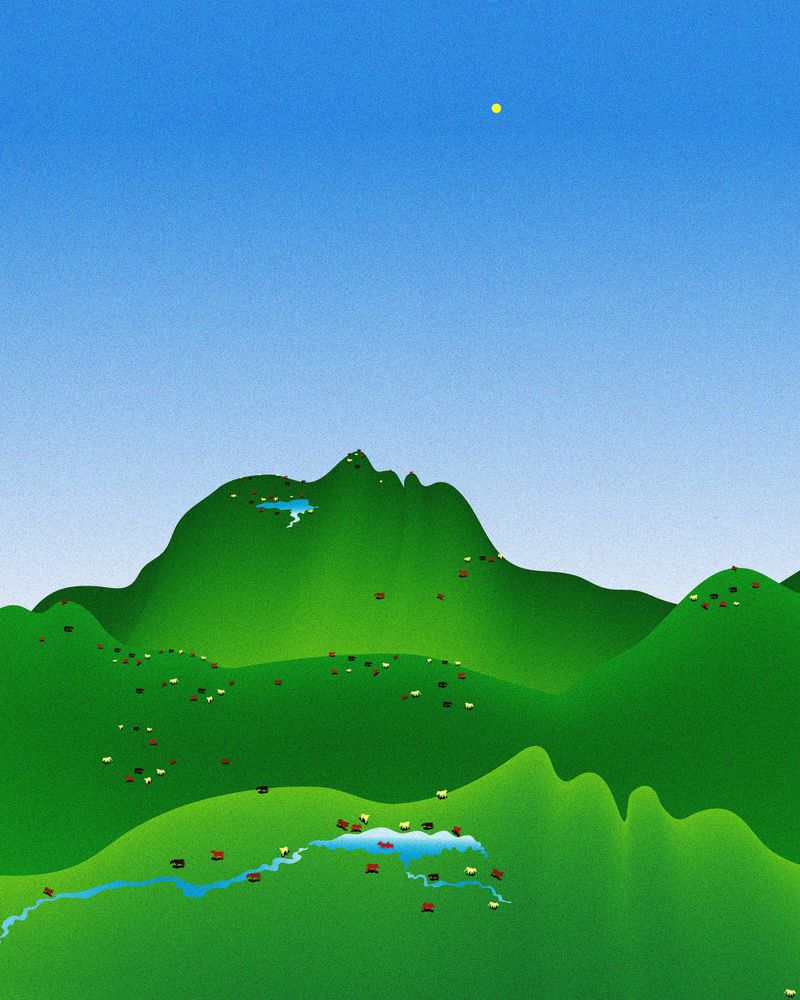
Jocelyn Tsaih
I am definitely still in the process of healing and figuring out ways to heal. Something that’s been helpful for me is being patient with myself and letting myself be more vulnerable. It’s been very cathartic and meditative to sit within my full spectrum of emotions while drawing, painting, and creating. The act of making this work is healing for me because it’s a language in which I know how to communicate my grief and melancholy.
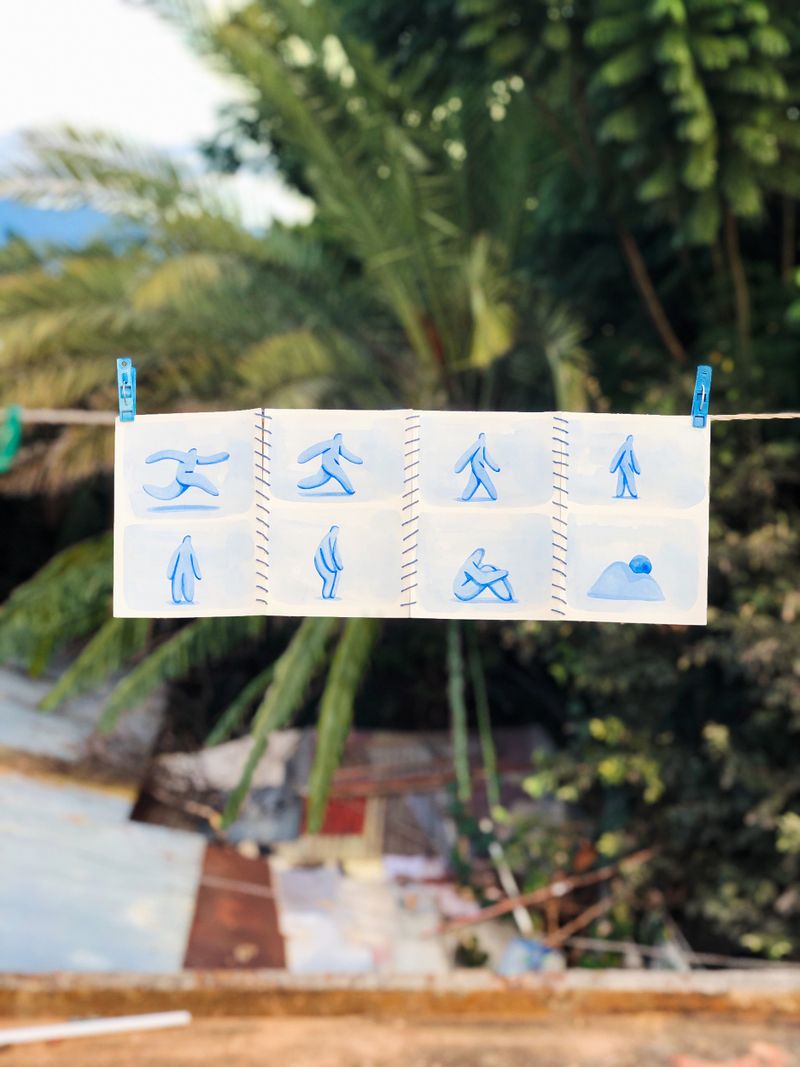
Arin Yoon
I began thinking of the history of discrimination against Asian Americans in the military. I looked again at the photo by Dorothea Lange of a Japanese American soldier and his mother in a strawberry field that her children leased for her so she wouldn’t have to work for anyone else. He has come to escort her to an internment camp after the bombing of Pearl Harbor. It is a heartbreaking photo. Stories like this one inspired me to take this photo of Alice Kim, in and out of uniform, examining what it means to serve and wear the uniform during a time of targeted hate and violence against Asian Americans.
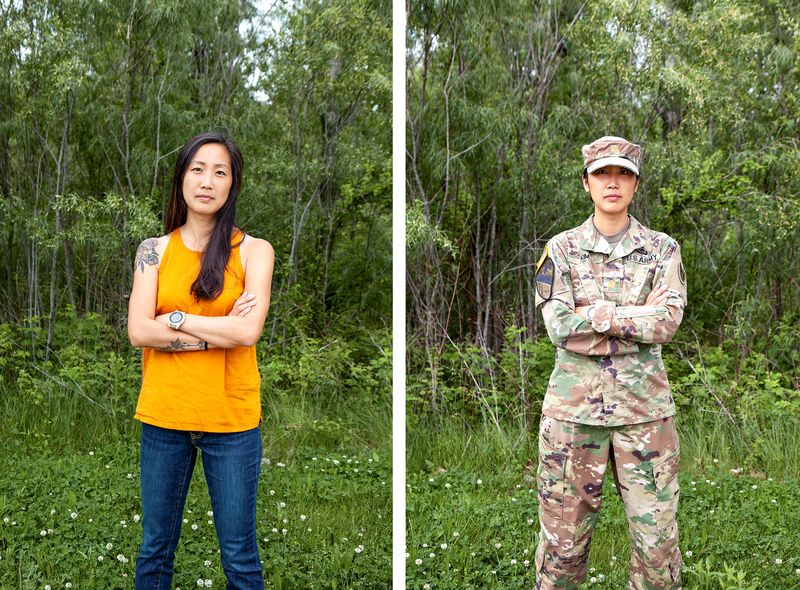
Brandy-Alia Serikaku
I removed myself from toxic relationships and returned to what I love, to what makes me believe. Instead of moving on, I stopped to feel and process my life and everything I was too busy to accept. I went back to the traditional healing practices that belong to my family, like Reiki, chanting, and prayer to help me process my hurt and pain. In doing so, I was able to share my truth and develop real connections with people, but, more importantly, be real with myself.
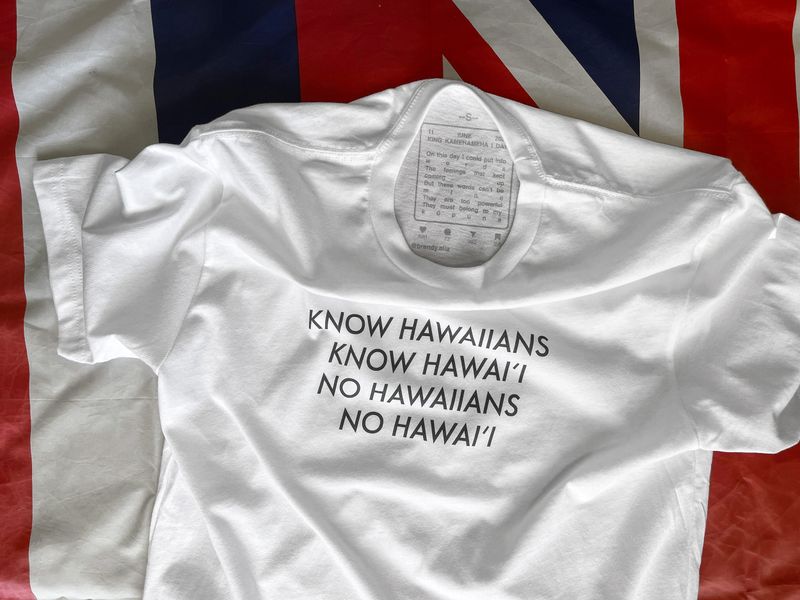
Tony Luong
I have been thinking about how resilient children are. Our daughter was three at the time of the pandemic and hate crimes against Asians, and to her, it was simply a few months of getting to spend nonstop time with two of her most-favorite people, her parents. We embraced that as much as we could. Regardless of the pandemic, there were still snacks to be made and boo-boos to be fixed. I found solace in this routine. The sun will come up the next day and with that, being a parent also continues on.
stop asian hate surged worldwide in March 2021, after the mass murder of Korean women in Atlanta brought attention to the ongoing racist attacks against Asian Americans.
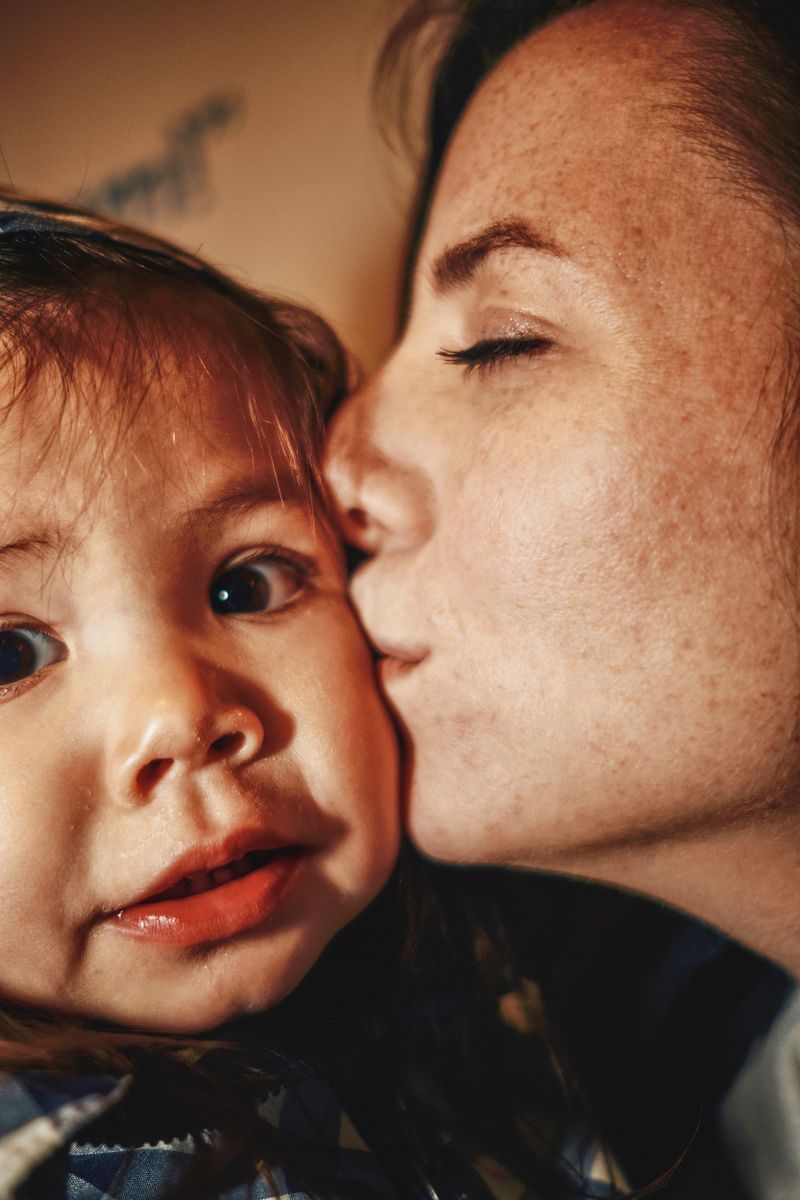
Mengwen Cao
This year, I’m healing through looking inward and remembering who I am while staying connected with loved ones. Living in the United States during the pandemic as a queer Chinese immigrant can be stressful due to racism, homophobia, and xenophobia, but I refuse to internalize the hate. I know, deep down, we are all connected through love. When I extend compassion to myself, I can spread that to others. I’m grateful for a supportive community that consistently uplifts each other. They are my forever golden hour that highlights all the beauty and warmth.
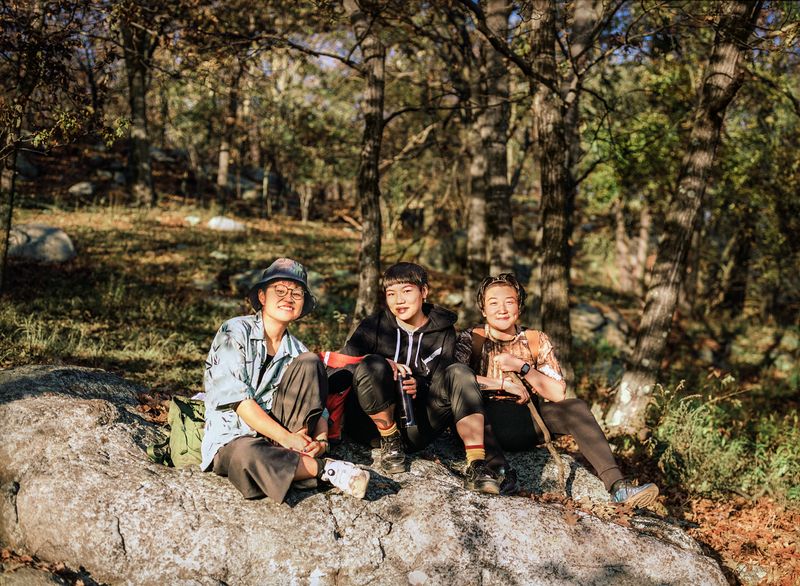
Ricardo Nagaoka
With the pandemic and the never-ending distance from my friends and family, I spent a lot of time in nature, something I’ve been close to but never seemed to have the time for. Strange as it seems to say in the context of our times, I found a peace within myself that I had never felt before. I lay on the dry grass, indicating that summer was nearing its end, looking up towards passing clouds, noticing roving winds passing through green canopies, like I was truly listening for the first time.
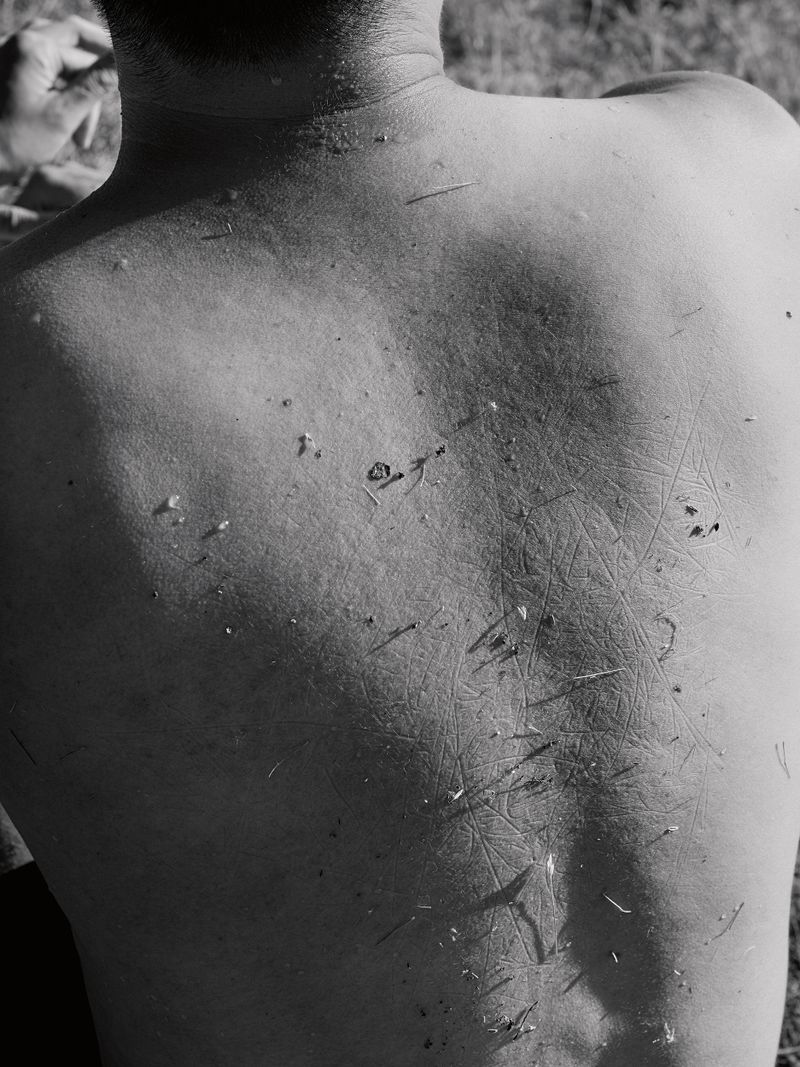
Roopa Gogineni
My family douses my cousin in turmeric water in a traditional Telugu Hindu ceremony to prepare him for his wedding. Over the last year, the place I’ve most wanted to be, our ancestral village in India, has been painfully out of reach. We lost several family members to the second wave of the pandemic there. From a distance, we grieved, but we also celebrated marriages and births, and the rituals felt more meaningful than ever before.
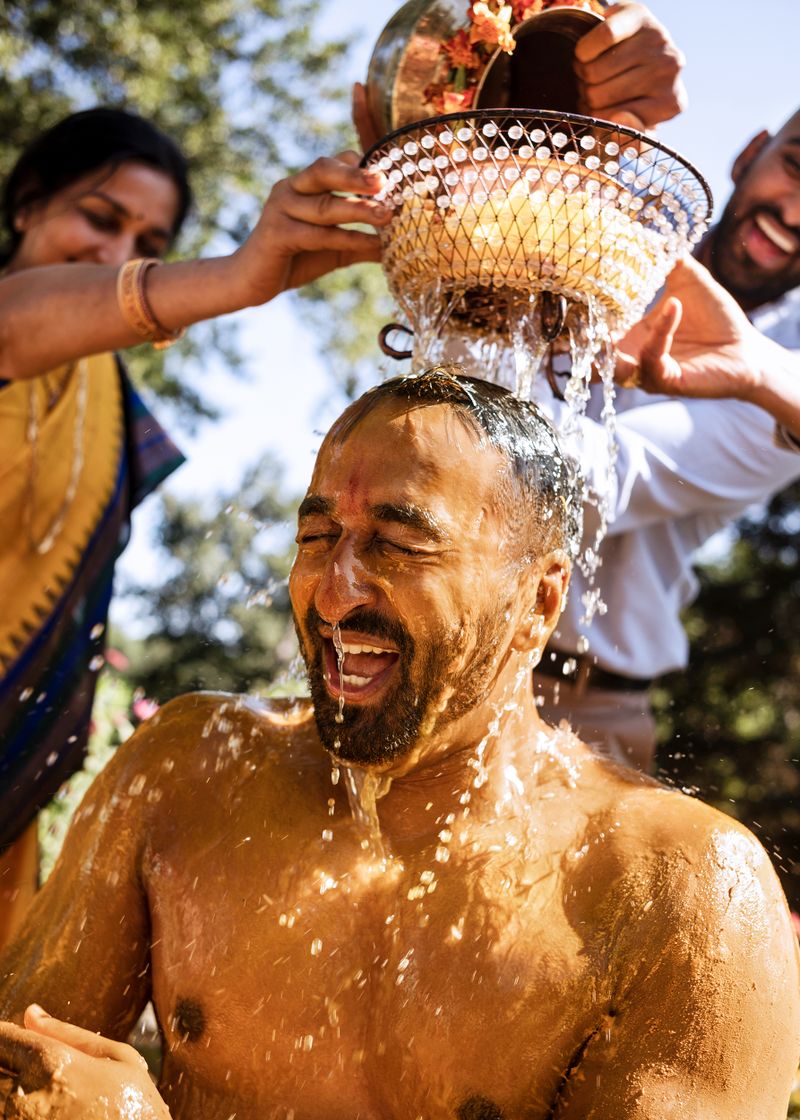
“Through food, music, and language, stories are exchanged and encouragement is cultivated. That is all I needed.”
Justin J Wee
It still doesn’t feel like we’re in a time of full reemergence, but I’ve been grateful for the little pockets of escape my chosen family and I have indulged in. In these moments of respite, I’ve been trying to focus on savoring the little things that bring a bit of ease back into my body. I’ve been working on internalizing the feeling of childlike joy, that sense of wonder for all things, no matter how insignificant they might seem. Witnessing the changing colors of the leaves, laying on grass before it goes away, picking fresh flowers and taking the time to arrange them.
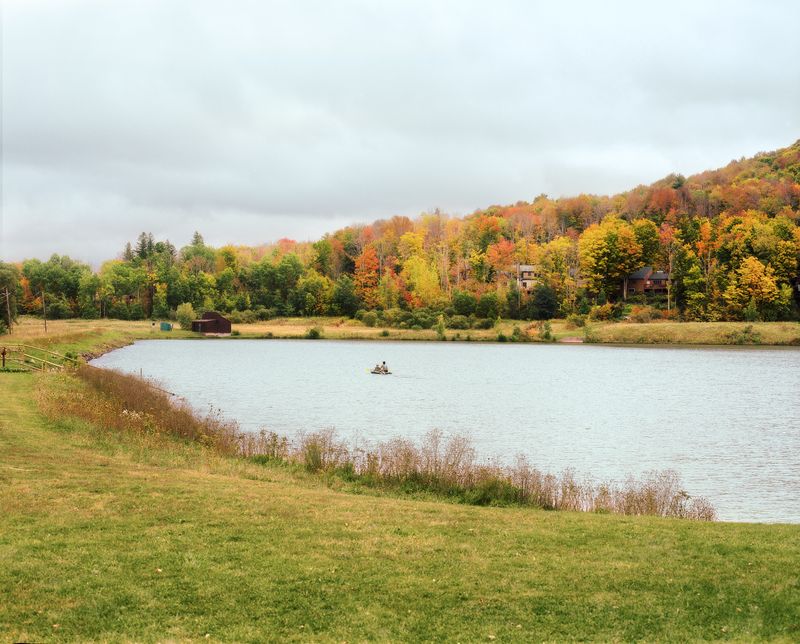
Hannah Yoon
In the past year, healing came in the most simple way: connecting with my family and friends through food, music, and language. I didn’t need anything extravagant or deep to ground me. Eating Korean food, listening to Korean music, and relearning the Korean language has been like a balm to my soul during times I felt frustrated, tired, or depleted. Through food, music, and language, stories are exchanged and encouragement is cultivated. That’s all I needed.
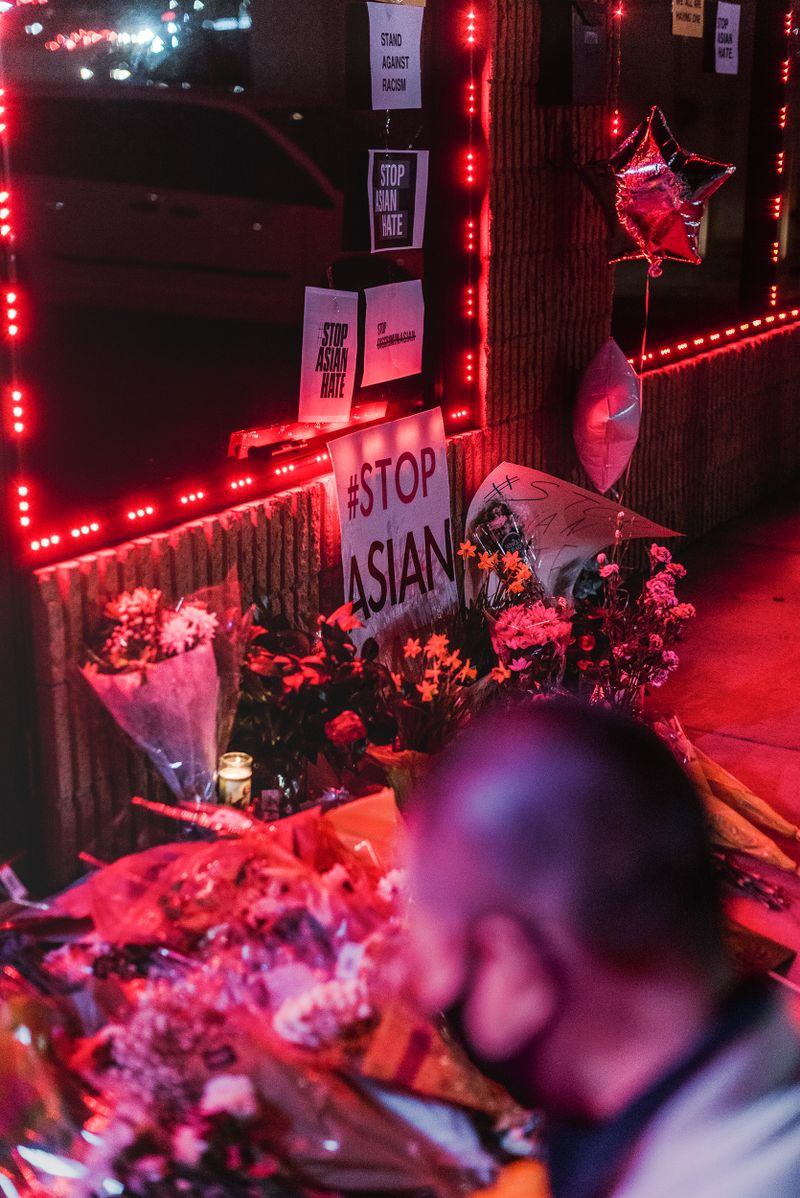
Previous Leading by Example
